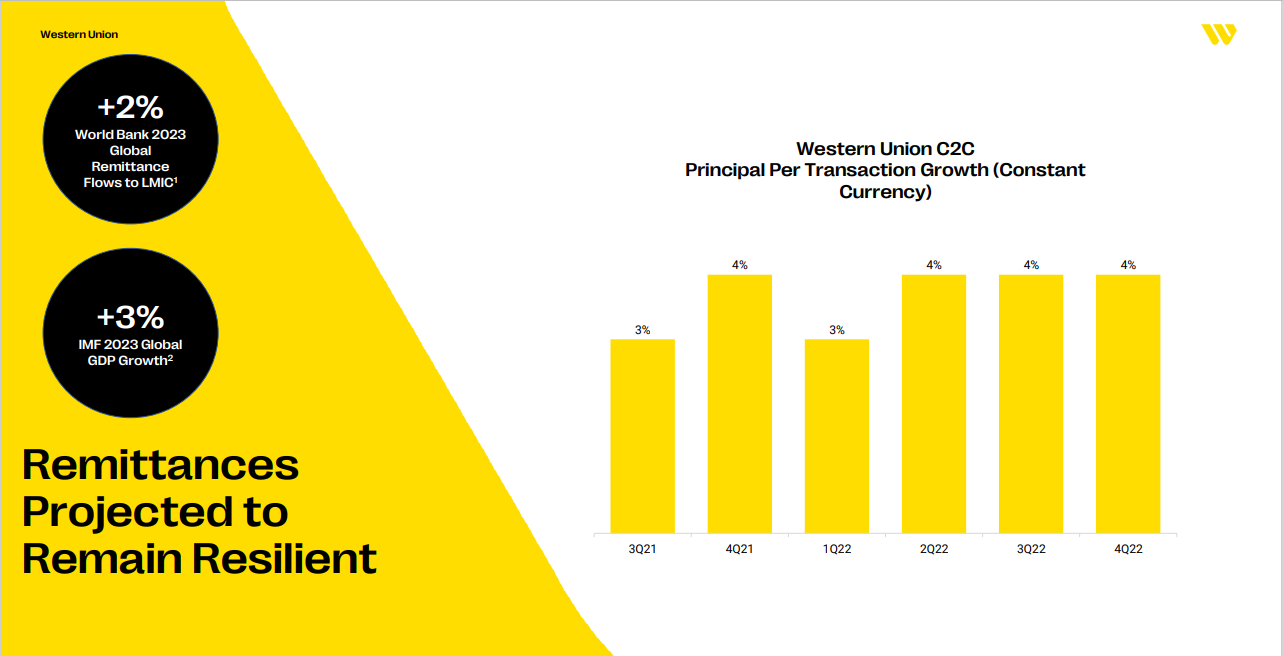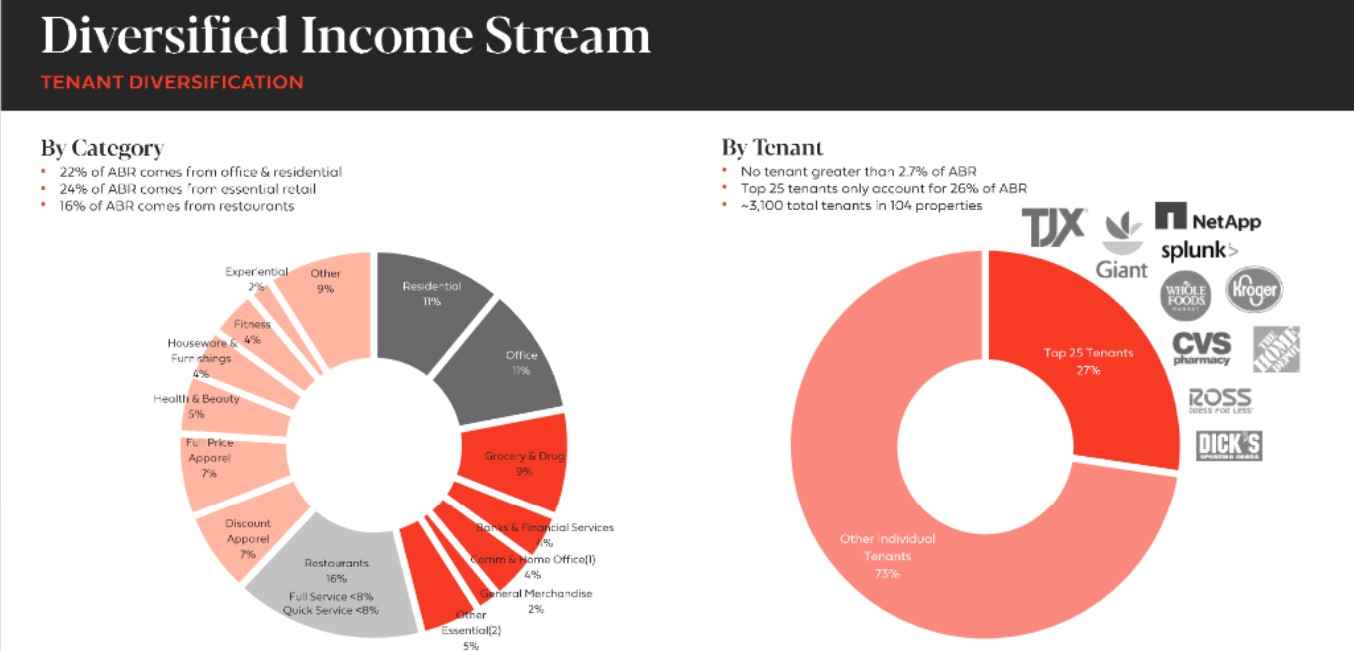
Going long is the act of investing in assets with the intent of later selling them at a higher price. This yields a profit subject to transaction costs. Other income sources may also be available for some assets. These may be more appealing to certain investors than others. Read the following articles to find out which strategies are right for you. We'll also discuss futures and options markets and how they compare with going long.
Shorting
A shorting of an asset is a type of investing where you borrow shares from someone in order to sell them on the open market. Once the stock drops in price, you buy the shares back and return them to the broker. You will need a margin trading or savings account that permits borrowing. Also, you must have enough money to cover the loan. You will have to repay the dividends and interest if you borrow shares. To short-sell, however, you can borrow only a limited amount of shares.

Hedging
When you are going long, hedges require locking in your purchase prices. It assumes that the futures and cash markets will move at equal speeds. This difference is called basis. It follows historical trends. While hedging can be beneficial, it will also prevent you from maximizing the upside potential. These are the top benefits of hedging when taking a long position. Continue reading to learn about the benefits of hedging when you go long. Remember that the basis is the only way to determine how much you hedge costs.
Futures
If you've ever been interested in futures, chances are you've wondered what they were and how you could trade them. Futures are derivatives. The underlying index or security that they are derived from determines their value. Futures trade in a slightly different manner than traditional stocks. Many investors prefer to trade in futures, rather than stocks. Futures trade at a time that is different from the stock market and are available almost 24 hours a days.
Options
Stock investing requires you to be familiar with the risks. Going long in a stock is a risky move, as it involves tying up a lot of capital, and may not allow you to profit from other opportunities. Instead, make sure you are looking at long-term options. Here's a description of long calls or puts. Learn more about long calls and puts to increase your chances of making profits. These financial instruments have many advantages.
Stocks
You can make money investing in stock markets by going long. Stocks in an uptrend tend to be the most profitable. The most important factor when deciding the direction of a share is its market condition. Stocks in an uptrend tend to move higher. For example, a stock that is in the retail industry could be coming back into favor in early 2022. Another example is a stock which is in decline but may be on the rise.

Cryptocurrencies
You must use both technical as well as fundamental analysis to make informed decisions when trading cryptocurrencies. Social media is a great way to keep up to date with current trends. The best way to spot patterns in the charts is by looking for breakouts that are above resistance levels. These patterns will indicate if the trend is expected to continue upward. It is possible to buy short positions at times when the price will drop, such a bear market.
FAQ
Why are marketable securities Important?
An investment company's primary purpose is to earn income from investments. It does this by investing its assets in various types of financial instruments such as stocks, bonds, and other securities. These securities have attractive characteristics that investors will find appealing. They can be considered safe due to their full faith and credit.
It is important to know whether a security is "marketable". This refers primarily to whether the security can be traded on a stock exchange. Securities that are not marketable cannot be bought and sold freely but must be acquired through a broker who charges a commission for doing so.
Marketable securities can be government or corporate bonds, preferred and common stocks as well as convertible debentures, convertible and ordinary debentures, unit and real estate trusts, money markets funds and exchange traded funds.
These securities can be invested by investment firms because they are more profitable than those that they invest in equities or shares.
What is security?
Security is an asset that produces income for its owner. Shares in companies are the most popular type of security.
There are many types of securities that a company can issue, such as common stocks, preferred stocks and bonds.
The earnings per share (EPS), as well as the dividends that the company pays, determine the share's value.
Shares are a way to own a portion of the business and claim future profits. If the company pays a dividend, you receive money from the company.
Your shares can be sold at any time.
Why is a stock security?
Security is an investment instrument, whose value is dependent upon another company. It can be issued by a corporation (e.g. shares), government (e.g. bonds), or another entity (e.g. preferred stocks). The issuer promises to pay dividends to shareholders, repay debt obligations to creditors, or return capital to investors if the underlying asset declines in value.
What are the benefits of investing in a mutual fund?
-
Low cost - Buying shares directly from a company can be expensive. It's cheaper to purchase shares through a mutual trust.
-
Diversification - most mutual funds contain a variety of different securities. If one type of security drops in value, others will rise.
-
Management by professionals - professional managers ensure that the fund is only investing in securities that meet its objectives.
-
Liquidity is a mutual fund that gives you quick access to cash. You can withdraw your money at any time.
-
Tax efficiency – mutual funds are tax efficient. So, your capital gains and losses are not a concern until you sell the shares.
-
For buying or selling shares, there are no transaction costs and there are not any commissions.
-
Mutual funds are easy to use. You only need a bank account, and some money.
-
Flexibility - You can modify your holdings as many times as you wish without paying additional fees.
-
Access to information – You can access the fund's activities and monitor its performance.
-
Investment advice – you can ask questions to the fund manager and get their answers.
-
Security - You know exactly what type of security you have.
-
Control - The fund can be controlled in how it invests.
-
Portfolio tracking - You can track the performance over time of your portfolio.
-
Easy withdrawal - it is easy to withdraw funds.
What are the disadvantages of investing with mutual funds?
-
Limited selection - A mutual fund may not offer every investment opportunity.
-
High expense ratio - Brokerage charges, administrative fees and operating expenses are some of the costs associated with owning shares in a mutual fund. These expenses will reduce your returns.
-
Lack of liquidity - many mutual fund do not accept deposits. These mutual funds must be purchased using cash. This limits your investment options.
-
Poor customer support - customers cannot complain to a single person about issues with mutual funds. Instead, you will need to deal with the administrators, brokers, salespeople and fund managers.
-
It is risky: If the fund goes under, you could lose all of your investments.
Statistics
- The S&P 500 has grown about 10.5% per year since its establishment in the 1920s. (investopedia.com)
- US resident who opens a new IBKR Pro individual or joint account receives a 0.25% rate reduction on margin loans. (nerdwallet.com)
- Even if you find talent for trading stocks, allocating more than 10% of your portfolio to an individual stock can expose your savings to too much volatility. (nerdwallet.com)
- Individuals with very limited financial experience are either terrified by horror stories of average investors losing 50% of their portfolio value or are beguiled by "hot tips" that bear the promise of huge rewards but seldom pay off. (investopedia.com)
External Links
How To
How to make your trading plan
A trading plan helps you manage your money effectively. This allows you to see how much money you have and what your goals might be.
Before setting up a trading plan, you should consider what you want to achieve. It may be to earn more, save money, or reduce your spending. You might consider investing in bonds or shares if you are saving money. If you earn interest, you can put it in a savings account or get a house. If you are looking to spend less, you might be tempted to take a vacation or purchase something for yourself.
Once you know what you want to do with your money, you'll need to work out how much you have to start with. This depends on where you live and whether you have any debts or loans. It's also important to think about how much you make every week or month. The amount you take home after tax is called your income.
Next, you'll need to save enough money to cover your expenses. These include rent, bills, food, travel expenses, and everything else that you might need to pay. Your total monthly expenses will include all of these.
Finally, figure out what amount you have left over at month's end. This is your net discretionary income.
This information will help you make smarter decisions about how you spend your money.
To get started, you can download one on the internet. Ask an investor to teach you how to create one.
Here's an example: This simple spreadsheet can be opened in Microsoft Excel.
This shows all your income and spending so far. It also includes your current bank balance as well as your investment portfolio.
Another example. This was created by an accountant.
It will let you know how to calculate how much risk to take.
Remember: don't try to predict the future. Instead, put your focus on the present and how you can use it wisely.